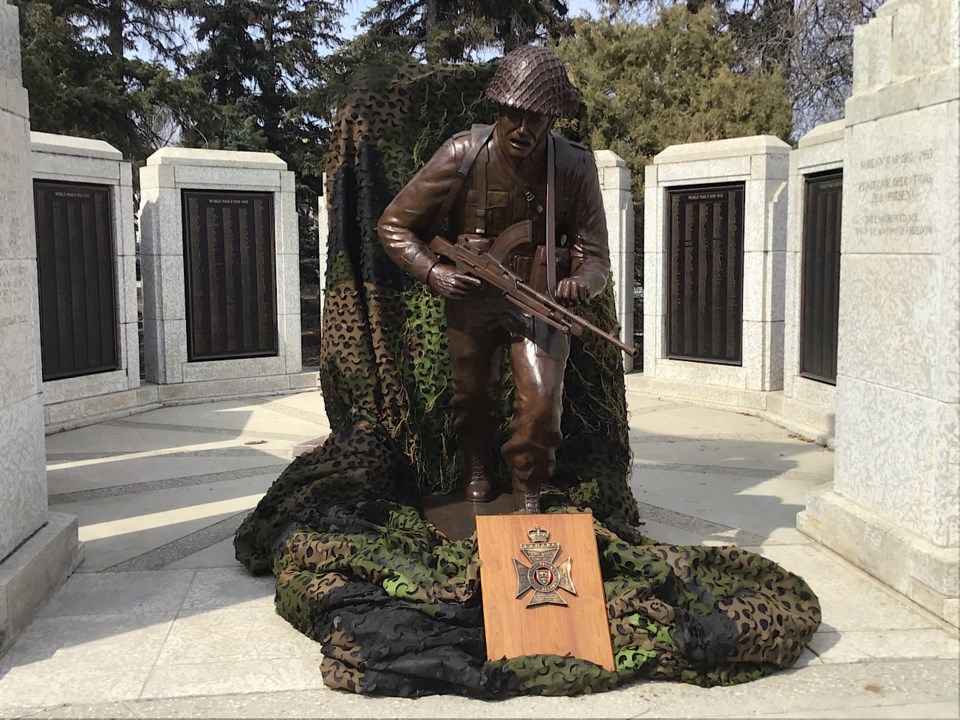The mid-day sky was bright and the sea was calm when I stood on Normandy’s Juno Beach some years ago, feeling a combination of awe and humility. Also a touch of discomfort.
Juno, of course, was where thousands of men from the 3rd Canadian Infantry came ashore on D-Day, June 6, 1944. But, unlike when I was there, that was a grey early morning, the sea was choppy, and the Canadians were storming five miles of heavily fortified, booby-trapped beach. Speaking personally, I’m not at all sure I’d have been up to the task.
D-Day has been described as the largest seaborne invasion in history. The scale was certainly enormous. Facilitated by an invasion fleet of over 6,000 ships, 132,000 troops were put ashore on five beaches during the first day. In support, allied aircraft flew almost 13,000 sorties.
Planning for the invasion had been a complex affair. After determining an overall strategy, execution challenges included the need for surprise in terms of timing and landing destinations, and the sheer logistics of assembling a suitable invasion force. In addition, nature presented its own difficulties, specifically tides and weather.
Because the tides would be right, June 5 to 7 was the summer of 1944’s first window of opportunity. But if the weather didn’t co-operate, it would be another two weeks before the tides were right again. And the longer the wait, the greater the likelihood of losing the element of surprise.
Accordingly, June 5 was targeted as the invasion date, the ultimate call residing with the allied supreme commander, Dwight Eisenhower. But the early morning June 4 weather update brought bad news, predicting “low clouds, high winds, and formidable wave action on the French coast for the morning of June 5. Air support would be impossible, naval gunfire would be inefficient, and the handling of landing craft would be hazardous.”
Eisenhower opted to postpone.
The subsequent updates for June 6 offered a ray of hope. There’d be a brief break in the weather, and it’d be the best shot available in the current window. So, after reviewing it with his command team, Eisenhower decided to go. And at 6:30 in the morning of June 6, the first wave of the seaborne invasion went ashore.
On the evening of June 5, Eisenhower paid a visit to the American airborne units that would constitute the invasion’s vanguard, all the while privately aware that their casualty rate could go as high as 70 percent. Then, after the last transport had taken off, he retired to his trailer with Kay Summersby, the Anglo-Irish woman who served as his personal driver, secretary, companion, confidante and perhaps much more. As she subsequently recounted, “he was so tired that his hand shook when he lit a cigarette.”
D-Day is sometimes described as the war’s turning point. But, critical though it was to the war’s final ending, the ultimately decisive events had taken place three years earlier.
Adolf Hitler began 1941 in a commanding position. He had 10 European conquests under his belt and just one active foe – beleaguered Britain and the members of the Commonwealth. By year-end, he’d added the Soviet Union and the United States to his slate of immediate antagonists.
Neither decision was strictly necessary, at least not at that particular time. And by making the choices he did, Hitler manoeuvred himself into a no-win position.
Taken together, the combined population of the United States, the Soviet Union and Britain was more than double that of Germany and its Italian and Japanese allies. To quote historian Victor Davis Hanson: “In an existential conflict, the strategy must consist of destroying an enemy’s ability to make war. Hitler declared war in 1941 on the United States and the Soviet Union with an air force (and navy) that had been unable to destroy or capture Britain, and certainly could not reach Russia beyond the Ural Mountains – or harm New York, Detroit, or San Francisco.” In contrast, once fully up and running, the Americans had the “ability to bomb and destroy” the German homeland.
After D-Day, the war in Europe dragged on for almost another bloody year. Nazi Germany was a resourceful foe and still retained substantial domestic support.
All of which prompts a question for us today.
Given the huge number of casualties to be absorbed and the massive amount of collateral damage to be inflicted, would we have the requisite stoicism and emotional stamina to see such a job through?
Or – pleading a distaste for the moral ambiguities and compromises inherent in actually winning – would we head for the exits and thus leave the regime in place to reconstitute itself?
One wonders.
Troy Media columnist Pat Murphy casts a history buff’s eye at the goings-on in our world. Never cynical – well, perhaps a little bit.
©




